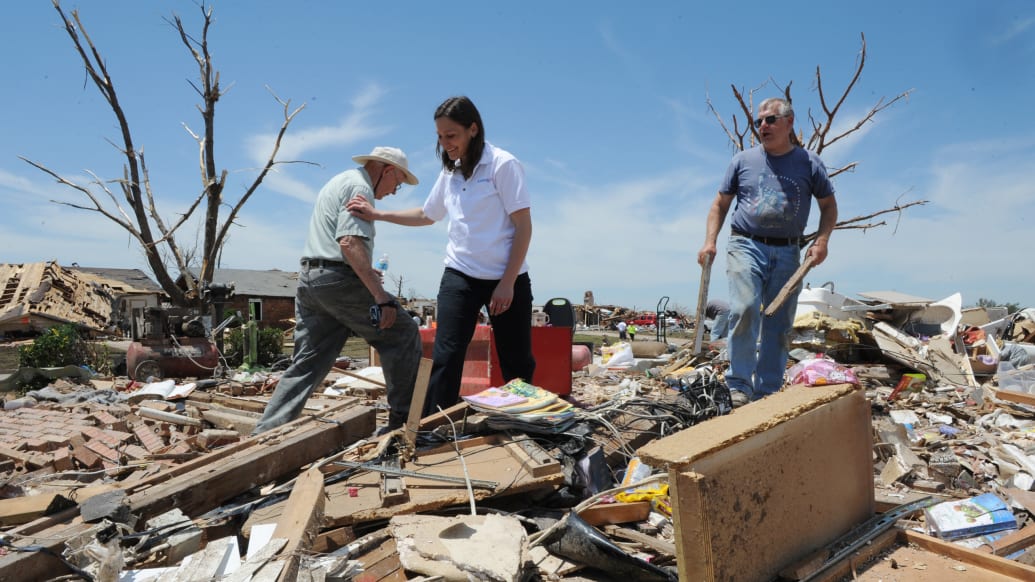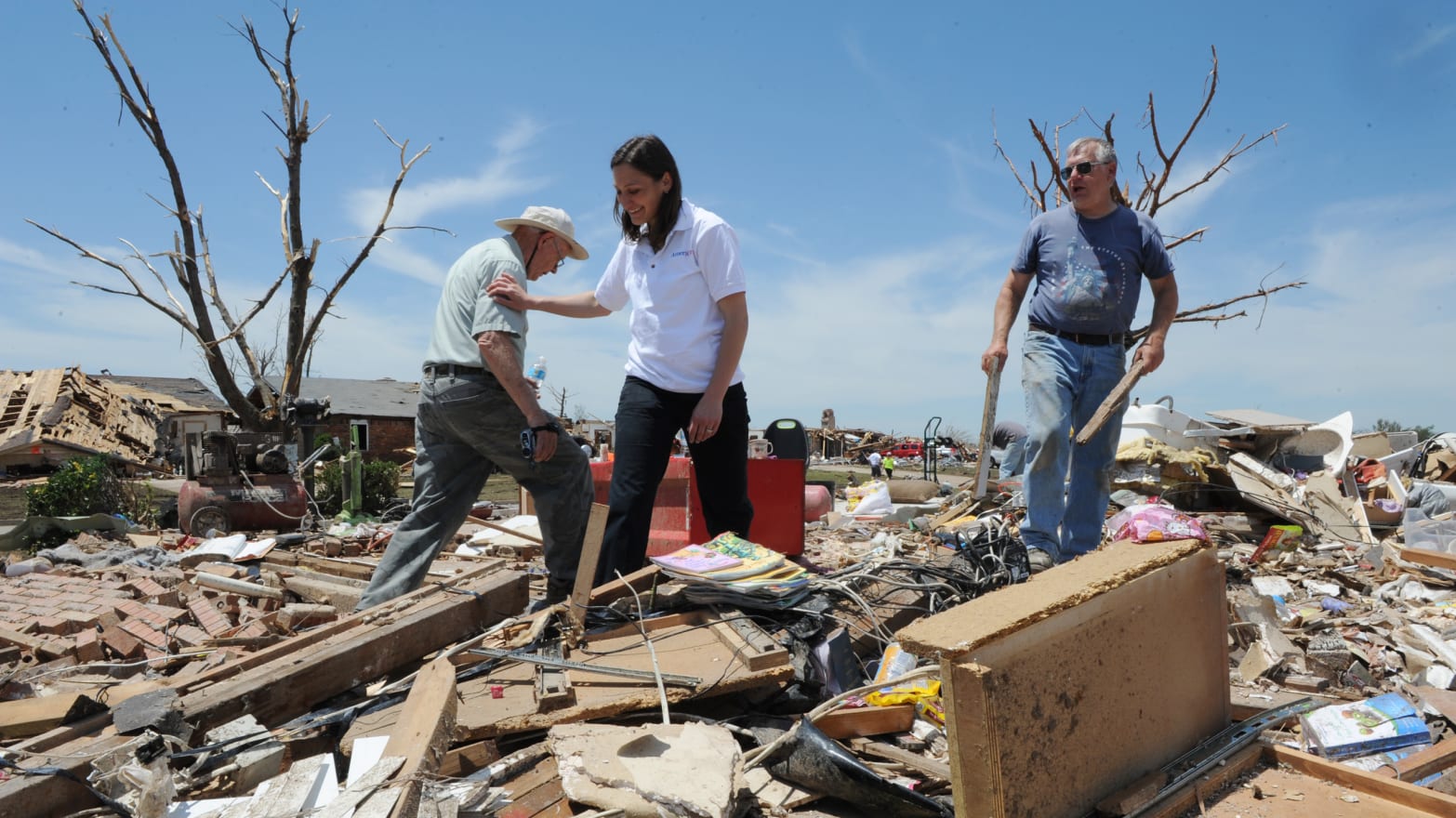Last Monday afternoon, while preparing a shipment of tetanus vaccine for a town recently struck by a tornado, I received the first hair-raising alert about a massive tornado that had just leveled a suburb of Oklahoma City.

Having responded to many emergencies for AmeriCares, a global health and emergency response group providing humanitarian aid to 164 countries since 1982, I knew right away what this would mean for potentially thousands of families and individuals in the tornado’s path. There was no question that our disaster team would respond—and we knew it was vital to respond quickly. Experience says that when an EF5 tornado hits a metropolitan area, local clinics and shelters need emergency medical and relief supplies. Fast.
There is a terrible, familiar pattern to natural disasters and other emergencies, and the script is eerily similar for a massive tornado, an earthquake or a massive fire. Information is key in the early hours. That’s why we immediately started calling our partners in Oklahoma to learn which clinics and health centers had been damaged and which were still operating and able to help survivors. We began to plan our first deliveries of medicine, water and first aid supplies. We made calls through the night until it was time to leave for our 6:00 a.m. flight from LaGuardia to Tulsa, Oklahoma. I didn’t even try to book a flight into Oklahoma City—residents who are displaced need resources like rental cars, so we don’t want to use those.
After driving from Tulsa for over an hour, traffic on the highway suddenly came to a stop. Destruction lined both sides of the road. I’ve never seen anything like it. When you see devastation, you forget you’ve been up all night; any fatigue just evaporates. The side roads were gridlocked, too: At 2:30 p.m. on Tuesday, residents were not yet allowed into the area and police were stopping every car. The police waved us through as first responders who had come to help.
The first step: calling and meeting with local partners to understand their immediate needs. We learned that in addition to Moore Medical Center (the city’s hospital and clinic), numerous health-care facilities had sustained serious damage. And, of course, as many as 13,000 homes had been damaged or leveled, leaving many residents with nothing.
Next, talking to the Red Cross and local partners. We asked how many people were coming to shelters and what local stocks of vaccines and medicines were available. We emailed our office and ordered shipments of personal care kits, bottled water, and vaccine and diabetes medicine for health providers. Some items would come from our Stamford, Connecticut warehouse, where we have stockpiles of the most essential materials in readiness for any large-scale emergency; others would ship directly from regional warehouses. We moved quickly so that the critical relief supplies would arrive as soon as the next day.
On Wednesday we met with one health partner that needed cardiovascular and respiratory medicines for survivors who had lost theirs in the storm. But what formulation—tabs or liquid? What doses? What does the health partner prefer and what can they accept? While speed is important, precision is key: What we send—whether it’s hygiene kits or diabetes medicine—must be useful.
Three days into our response, we are already beginning to develop a medium- and long-range recovery plan for helping to restore health services in the coming weeks. We’ll meet with staff from the Moore Medical Center to learn what they need to begin serving their community as quickly as possible. They may require ongoing shipments of medicines or help building a temporary health clinic. Three weeks from now, our plan should be fully operational, while we continue to keep our eyes open for gaps in services. From our ongoing work in response to Hurricane Sandy, we know that there will be a need for mental health services in the months to come, so we will identify who in the community is best situated to provide that care.
Even as our focus remains on providing assistance quickly and effectively, you can’t help but be affected by the total destruction everywhere you look. On Tuesday, I was waiting in Moore to be interviewed on camera for a national news program. Standing in the mud, trying not to trip on wires and debris, I began listening to the reporter and realized he was talking to a man whose 9-year-old daughter had died at the Plaza Towers Elementary School. The reporter choked up and I was stunned. I barely recovered before I went live on the air.
For survivors, access to quality medicines and health care can change a life. So we will keep working around the clock to ensure that our disaster relief reaches the people who need it now. And we will be there to help them as they begin to rebuild their lives. This is what keeps us going and motivates us to prepare for the next disaster in the United States—or anywhere else in the world.
